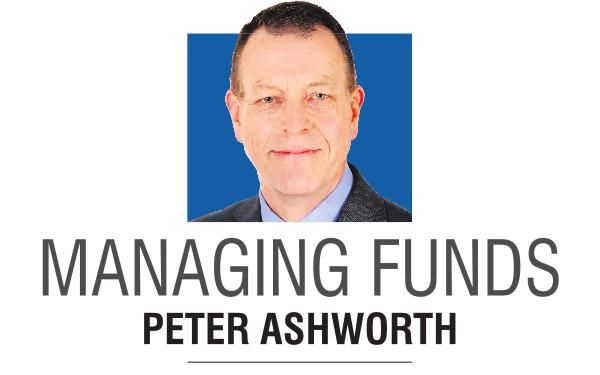
As tends to happen on these transtasman visits, the conversation touched on the comparative costs and incomes between the two countries.
The key conclusions were, at least for Queensland; food is a bit cheaper; incomes are generally better; marginal tax rates are higher at the top end of the scale, but less tax is paid by those on lower incomes. On balance, an overall win for Australia on these measures, so no chance of seeing them back in New Zealand any day soon.
However, it was a comment at the end of our discussion that was a surprise and perhaps the most telling.
The comment was, "it is great to go to social events, and not have the conversation that we constantly faced in New Zealand — property.
In Australia people tend to view their homes for what they are, a roof over their head, and not some form of competitive springboard to future wealth".
When I asked about why they thought that was the case, the response was, "I think it is caused by the level of superannuation savings that everyone has here, including the young.
People believe that their current and future savings are going to meet their retirement needs; they don’t feel the need to load up on property and they seem less worried about potential changes in government policy".
For two economies and cultures that are remarkably similar, this seems a stark difference.
It did start me thinking about the quiet confidence that comes from knowing that you have the processes in place to be heading towards a "fully funded" retirement.
By "fully funded", I mean a retirement in which you have the same level of financial choice that you enjoy in your working life.
In Australia, the superannuation system has entrenched a culture of saving and investment behaviour that maximises the chances of achieving this.
In New Zealand, we have started down this track with KiwiSaver, but currently, most employees are only matching their employer's mandatory contribution of 3%.
This means that many Kiwis are likely to fall short of a fully funded retirement. So, what does a fully funded retirement look like in New Zealand and what does it take to achieve it?
What level of retirement income will you need?

But the reality is, our future cost of living is highly personal and is likely to be influenced by our spending habits prior to retirement.
Rather than opting for a specific dollar amount, I recommend that you set a goal based on a percentage of your family's current after-tax income.
I recommend 70%, but this figure assumes that you own your own home and have repaid any mortgage debt before you retire.
How much do you need to save to achieve this level of retirement income?
There is a time-honoured rule, which is supported by analysis, that suggests that if you save 9% of your pre-tax income from your first pay and maintain this savings programme throughout your working life, you will be able to retire comfortably (MyFiduciary: Is the minimum KiwiSaver contribution sufficient?).
The good news is that for an employed individual in KiwiSaver, their employer will contribute 3% towards this figure. If you add this to the 3% that you save into KiwiSaver, you will need to save an additional 3% of your pre-tax income to reach a 9% savings goal.
It is important to note that the 9% figure assumes that this level of savings starts from when you first enter the workforce. If you delay the start date, the percentage required progressively increases over time.
It is always tempting to delay your savings on the basis that you will be able to save more later. This could be true, but what you can’t replace is time and the value of compounding returns that are amplified over time.
Whether you choose to add additional contributions to your KiwiSaver or establish a separate diversified investment is a further decision, but the main point is that you need to be saving more than the KiwiSaver minimum.
Compounding returns are as close to "magic" as you will find in real life. If you can achieve a return of 7.2% per annum, then your capital will double over a 10-year period.
With retirement savings, young people have at least a four-decade time horizon, so compounding becomes a powerful ally in achieving their goals. The hare and the tortoise fable may favour the wisdom of conservatism, but in investment terms it can be misleading.
To achieve an average return of 7.2% per annum you will need to hold a high proportion of your investment portfolio in shares and other growth assets. This also means that you will need to ride out periods of negative returns in the knowledge that strong positive returns will be achieved over time.
The reality is, KiwiSaver alone, in its current form, is unlikely to be the complete answer to achieve a fully funded retirement for most New Zealanders.
Perhaps the government-mandated contribution levels will be increased over time but, in the interim, it is up to us as individuals to set our own course for a fully funded retirement.
- Peter Ashworth is a principal of New Zealand Funds Management Ltd and is a Dunedin-based financial adviser. The opinions expressed in this column are his own and not necessarily that of his employer. His disclosure statements are available on request and free of charge.











